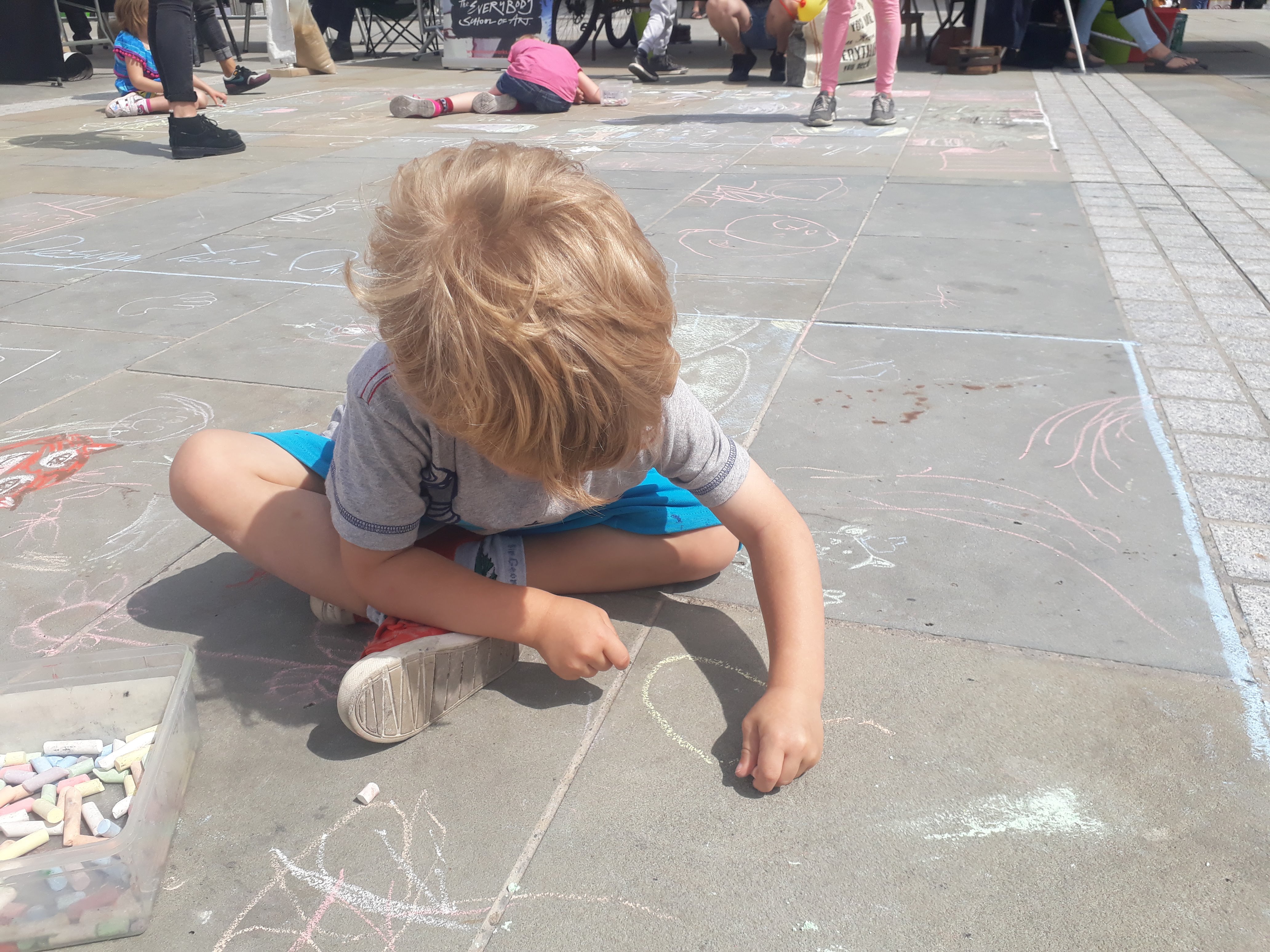A city that works for children, works for everyone

‘A city that works for children, works for everyone’ - this was a phrase repeated time and again at this year’s International Healthy Streets Summit, an event that the Urban Transport Group is proud to have sponsored for the second year running. The host for this year’s event was Glasgow, a city with big plans for its wide, traditionally car-friendly streets, many of which are being transformed by the £150m ‘Avenues’ programme. Glasgow City Council has taken the bold step of saying that it is ‘prepared to put the private car last’ - something it sees as absolutely the right thing to do, particularly as less than half of Glasgow households own a car. The Avenues scheme will be transformative, placing people and their health at the heart of streets. Streets will be designed for vehicle speeds of up to 15 mph, they will be tree-lined, pleasant and safe, with more space for pedestrians and cyclists and less for motor vehicles. But the real test will be their suitability for the city’s smallest citizens.
95cm tall and full of beans
Helen Forman, West Yorkshire Combined Authority’s Urban Design Manager, presented a thought-provoking challenge for delegates at the Summit. What do streets look and feel like from the height of a 95cm child, a child who is full of energy, curious about the world and looking for fun? What are the opportunities in the environment for that child? What are the restraints? Can they run, jump, climb and explore? Are there trees, plants and wildlife to discover, water to splash in, interesting things to see, hear and smell? Or is the environment designed in such a way that they must proceed directly from A to B with no diversions, hand held tight to an adult for safety? Are their tiny lungs and airways assaulted with fumes from passing cars as they walk in the wake of exhaust pipes that are low to the ground, just like them? Are they confronted with a sea of grey, dotted with high windows and closed doors? Glasgow’s Avenues will certainly provide the former, rather than the latter experience, a goal that is increasingly being pursued by cities across the world. Whilst play equipment is undoubtedly valued, designing for children in a way that benefits everyone is about more than that. Children are skilled at finding opportunities to play anywhere.
 Playful anywhere
Playful anywhere
Travelling back from Glasgow on the train, I tried to think of the carriage from a child’s perspective. I saw large, low windows presenting an ever-changing view – animals, fields, the sea, houses, castle walls. I saw tray tables to flip up and down. Seats to hide under, aisles to run up and down. Buttons to push. People to meet. There was no play equipment but there were certainly opportunities to play. When we think about streets in the same way it makes sense to restrict motor traffic to enable wide, safe spaces to walk and run, cycle and scoot. It makes sense to provide walls to balance on; stones to hop between; benches to rest on; sculptures that can be climbed on; water to splash in; trees to hide behind; flowers to smell; bees to spot; fruit and veg to pick; windows to look into. The list is endless. And the best thing is – these are features that everyone likes – whatever their age. So let’s play and find joy together. And let’s not confine these opportunities to ‘destination’ places. Let’s spread them to the back streets and neighbourhoods – communities beyond the city centre – just as Glasgow is doing with its next phase of work - ‘Avenues Plus’. And to bring hearts and minds with us, let’s design with, rather than for, communities. Let’s not talk about ‘transport projects’ or ‘streetscape improvements’ but focus on what benefits these will bring to how people live their daily lives. How we will create what one speaker called ‘loveable’ neighbourhoods that people young and old can be proud of and, crucially, part of.
Becky Fuller is Assistant Director at the Urban Transport Group

